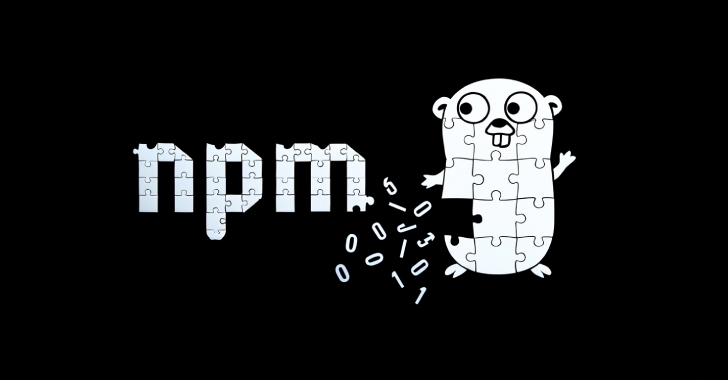
Revolutionizing High-Level Cybersecurity Risk Assessment with AI
The fusion of artificial intelligence (AI) with cybersecurity is akin to putting on a pair of infrared goggles in a dark room. Suddenly, risks that once lurked unseen in the shadows become glaringly apparent, offering organizations the opportunity to bolster their defenses and outmaneuver digital adversaries.
The Changing Landscape of Cybersecurity
Cyber threats have evolved substantially over the years. They have metamorphosed from simple worms and viruses to advanced persistent threats, ransomware, and state-sponsored cyber espionage. As the threats grew in complexity, so did the volume. Manual techniques of risk assessment, which involve evaluating risks based on static frameworks, have often lagged behind, occasionally overlooking crucial vulnerabilities.
Enter AI. With its unparalleled data-processing capability and predictive analytics, AI bridges this gap by offering real-time risk analysis, providing a more dynamic, responsive, and forward-looking approach to risk assessment.
AI’s Role in Identifying Vulnerabilities
One of the most powerful capabilities AI brings to the cybersecurity table is its ability to quickly sift through vast amounts of data, spotting patterns and anomalies that might go unnoticed to the human eye.
By continuously learning from new data, AI models can uncover new vulnerabilities in software and hardware, even predicting potential zero-day exploits based on patterns of known vulnerabilities. Instead of organizations reacting to breaches, they can now anticipate them.
Predictive Analysis and Threat Forecasting
Imagine if we could predict a cyber attack before it even occurred? With AI-driven risk assessment, this is no longer the stuff of science fiction. AI tools analyze massive datasets, combining historical data with real-time threat intelligence to forecast where an attack might originate and what form it may take.
Such predictive capabilities allow companies to shift from a reactive cybersecurity stance to a proactive one. They can reinforce vulnerable areas, educate employees on upcoming threats, or even neutralize threats before they manifest.
Personalization of Risk Assessment
Every organization is unique, with its own set of vulnerabilities and threat vectors. AI allows for a tailored risk assessment, learning from an entity’s past incidents, daily operations, and specific digital assets to deliver a personalized risk profile.
This means that a healthcare provider and a banking institution, though both may use similar software, will receive different risk assessments based on their unique operational nuances and threat history.
Enhancing Phishing Detection
Phishing attacks remain one of the most common cyber threats, with attackers constantly innovating to bypass traditional defenses. AI enhances phishing detection by analyzing the content and context of emails, checking for subtle clues like minute deviations in sender email, language style, or embedded links that could indicate malicious intent. This ensures a higher detection rate than rule-based systems and adapts faster to the ever-evolving tactics of cybercriminals.
Challenges and Considerations
While AI’s potential in revolutionizing cybersecurity risk assessment is vast, it isn’t without its challenges:
Bias and Training Data: AI is only as good as the data it’s trained on. Biased or incomplete training data can lead to skewed risk assessments. Continuous refining and broad-spectrum data sourcing are crucial.
Dependence on AI: Over-reliance on AI systems can be a pitfall. Human intuition and expertise remain invaluable. A balanced approach, where AI augments human judgment, is ideal.
AI in Adversary Hands: Just as defenders can use AI, so can cyber adversaries. This creates an AI-powered arms race, where both sides are leveraging the technology to outwit each other.
The Road Ahead
The melding of AI with cybersecurity promises a future where digital defenses are robust, dynamic, and proactive. As AI algorithms become more sophisticated and as we become better at integrating them seamlessly into cybersecurity frameworks, we can anticipate a horizon where cyber threats are not just managed, but predicted and preempted.
In conclusion, while the digital realm will always be a battlefield of wits between cybercriminals and defenders, AI-powered risk assessment equips us with sharper tools, clearer vision, and the agility to remain several steps ahead in this ceaseless game.
Contact Cyber Defense Advisors to learn more about our High-Level Risk Assessment solutions.





